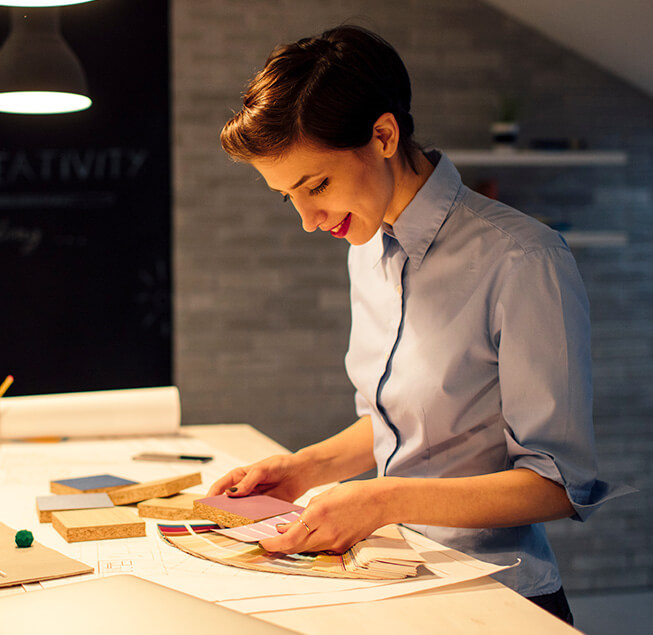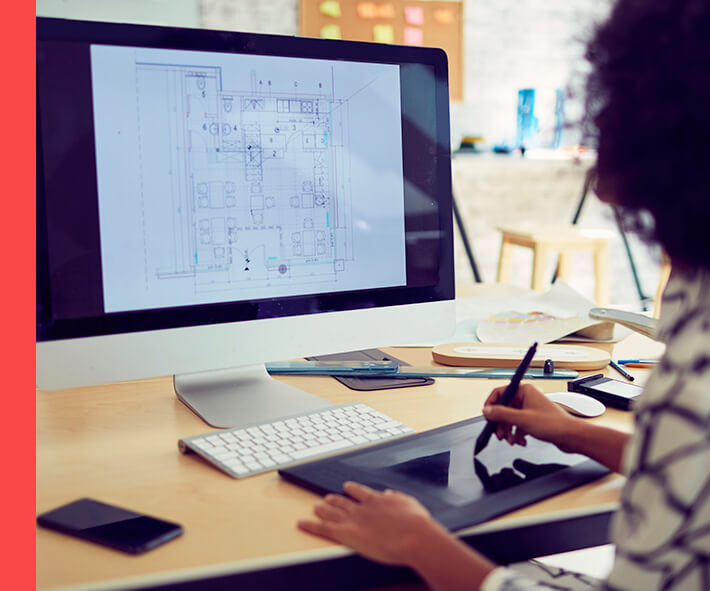Yes, absolutely! Pursuing a Master's degree in Interior Design after completing a BSc in Interior
Design is a natural progression for many students who want to further their education and
expertise in the field. A BSc in Interior Design provides a solid foundation of knowledge and
skills in the field, covering topics such as design principles, spatial planning, materials,
lighting, and more. However, a Master's degree offers a more in-depth and specialized focus,
allowing you to explore advanced concepts and research in interior design.
A Master of Interior Design degree at Cindrebay School of Design (MDes - Furniture & Interior
Design) provides several valuable advantages in the competitive field of interior design. It
demonstrates a commitment to specialization and expertise, setting graduates apart in the
industry. The program's studio courses emphasize a human-centered design approach, integrating
creative and technical skills. Cindrebay PG Interior Design students are well-prepared to advance
from project designers to senior interior designers, overseeing high-profile projects and teams.
The degree also equips professionals with essential design management skills, fostering strategic
thinking and knowledge of best practices. It serves as a prerequisite for teaching interior design
at the college level. Notably, individuals with a master's degree tend to earn more on average
than those with a bachelor's degree, making it a wise investment in one's career.






